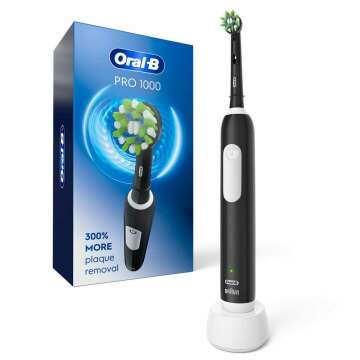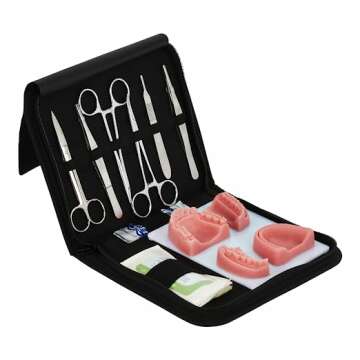Revolutionizing Dentistry: The 1822 Patent of Charles Graham
In the realm of dental advancements, few events are as significant as the granting of the first U.S. Patent for artificial teeth to Charles Graham of New York in 1822. This monumental event marked a turning point in dental prosthetics and provided a new lease on life for many individuals suffering from tooth loss. Prior to Graham's invention, artificial teeth were rudimentary at best, often made from materials like ivory or animal teeth, which lacked both durability and a natural appearance.
The Vision Behind Charles Graham's Patent
Charles Graham recognized the need for better dental solutions that not only improved functionality but also mimicked the aesthetics of real teeth. His innovative design led to the development of a more practical and visually appealing alternative. The artificial teeth featured intricate details that allowed them to blend seamlessly with natural teeth, boosting the confidence of users significantly.
Impact of Graham's Invention on Dental Health
Graham's patent paved the way for modern dentistry, encouraging future innovations and advancements in the field of dental prosthetics. By offering a durable and attractive solution, Graham’s work enhanced quality of life for countless individuals, enabling better chewing function and vocal articulation.
The Legacy of Artificial Teeth in Dentistry
Since Graham's initial patent, the field of dental technology has rapidly evolved. His foundational work laid the groundwork for subsequent advancements, pushing the boundaries of what artificial teeth could achieve.
Transformations in Dental Materials
The evolution of materials for artificial teeth has been significant. Graham's use of porcelain and other durable materials improved the longevity and functionality of dentures, setting a standard for future developments in the industry.
Societal Implications of Dental Innovations
The impact of Graham’s patent went beyond just technological improvements; it had profound societal implications. As artificial teeth became more accessible and functional, societal views on dental health shifted, leading to greater awareness and emphasis on oral hygiene.
Fun Fact
Did You Know?
While Charles Graham is credited with the first U.S. Patent for artificial teeth, dental prosthetics date back to ancient civilizations, which also sought to replace lost teeth with various materials.
Additional Resources
Recommended Reading on Dental Innovations
For those looking to delve deeper into the history of dental advancements, consider the following works: The History of Dentistry, Implants and Innovations, and The Evolution of Dental Prosthetics. These resources provide a detailed look at how far dental technology has come since Graham's pivotal patent.



















 Continue with Google
Continue with Google